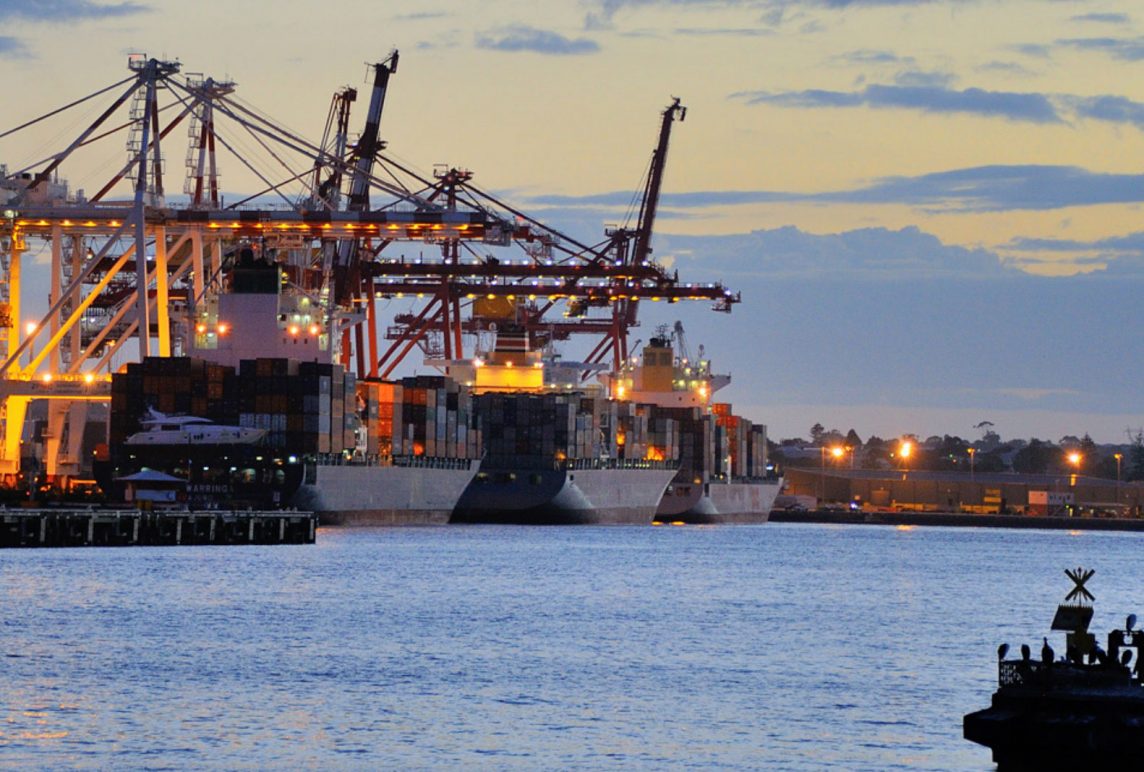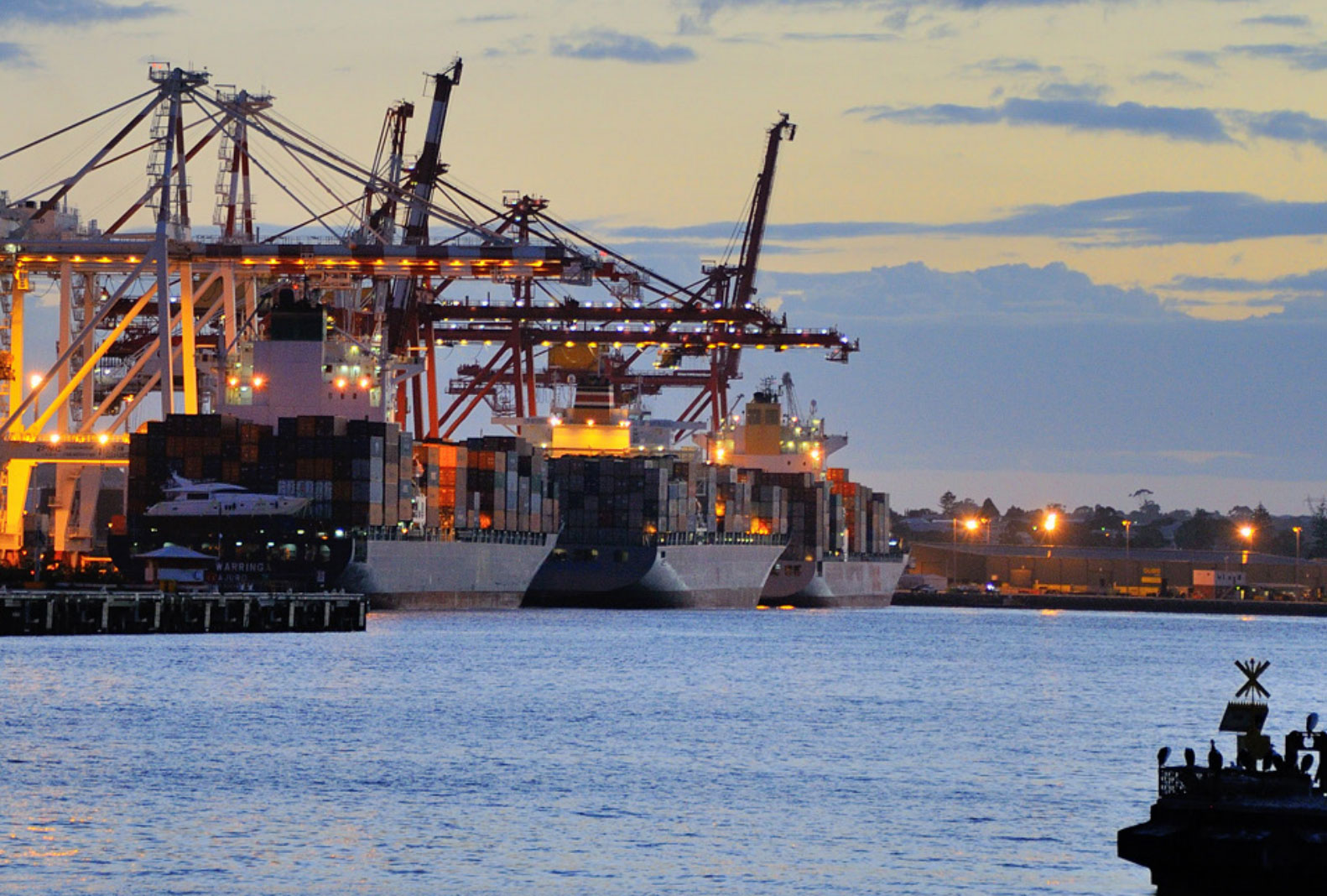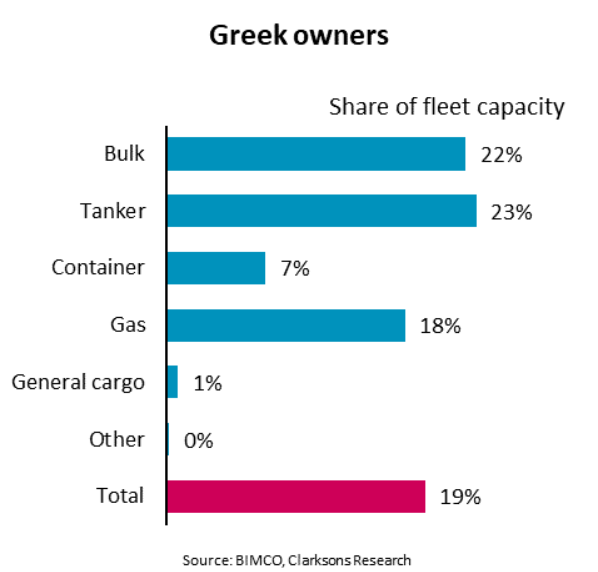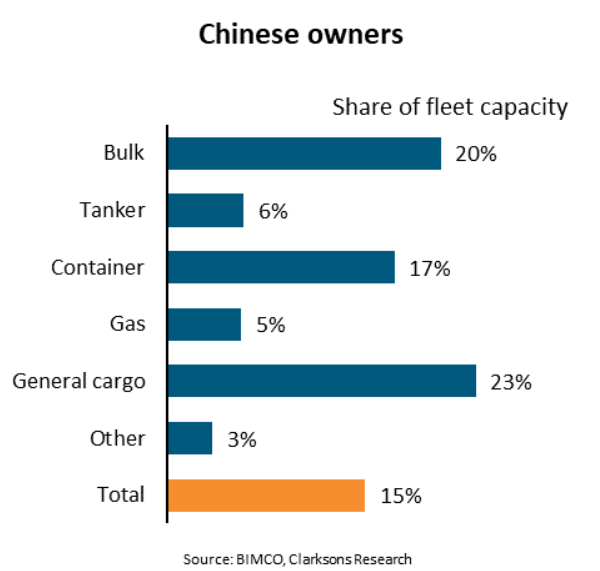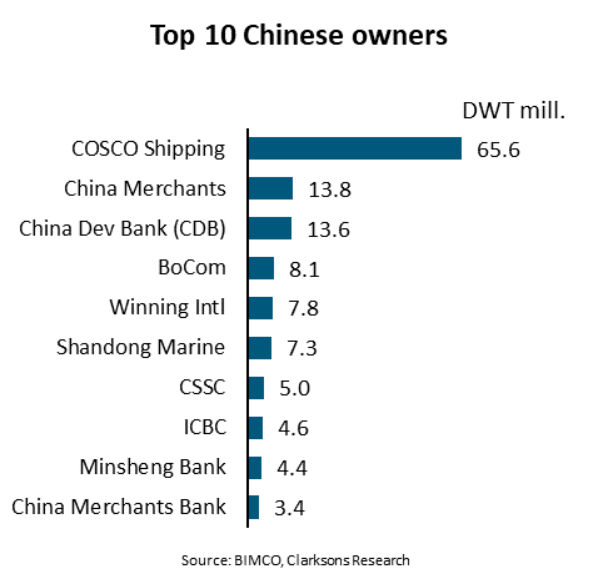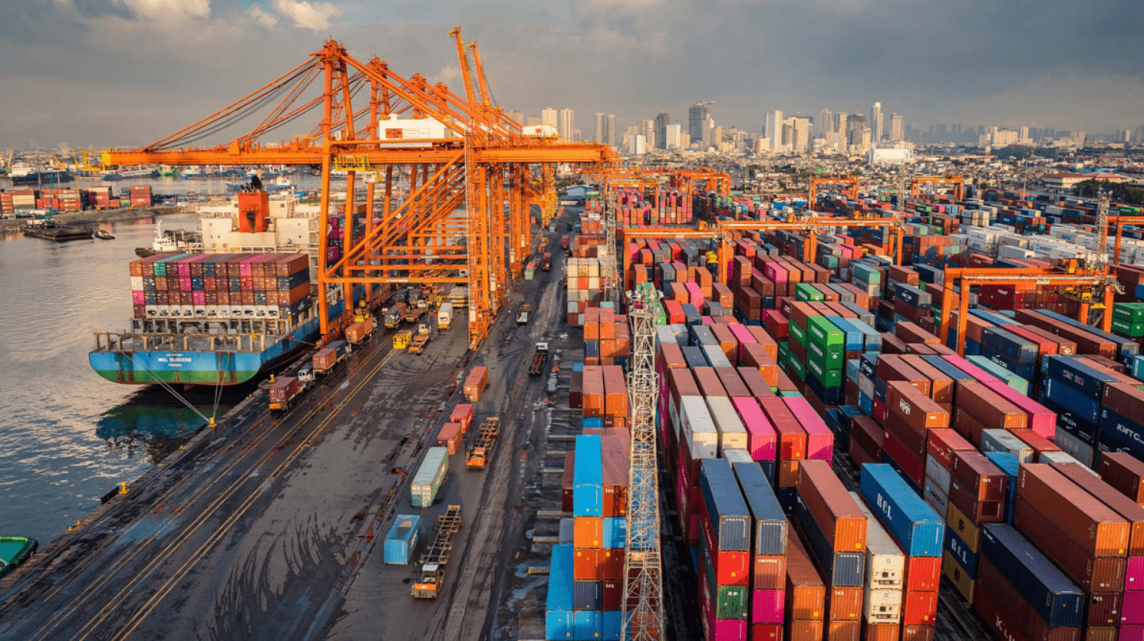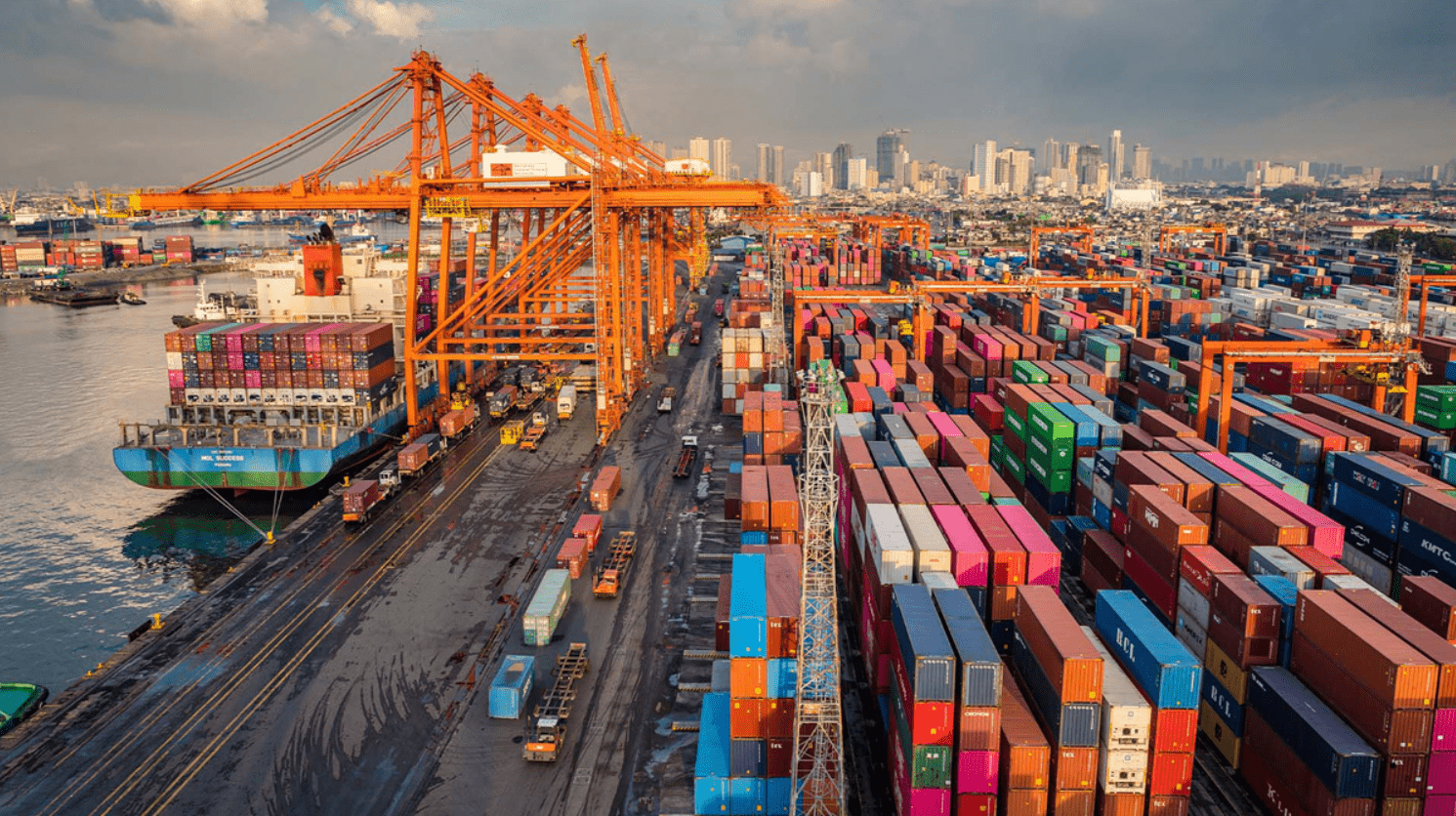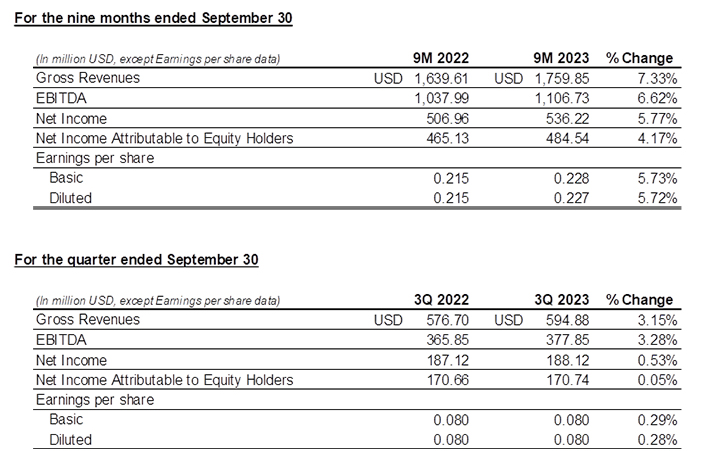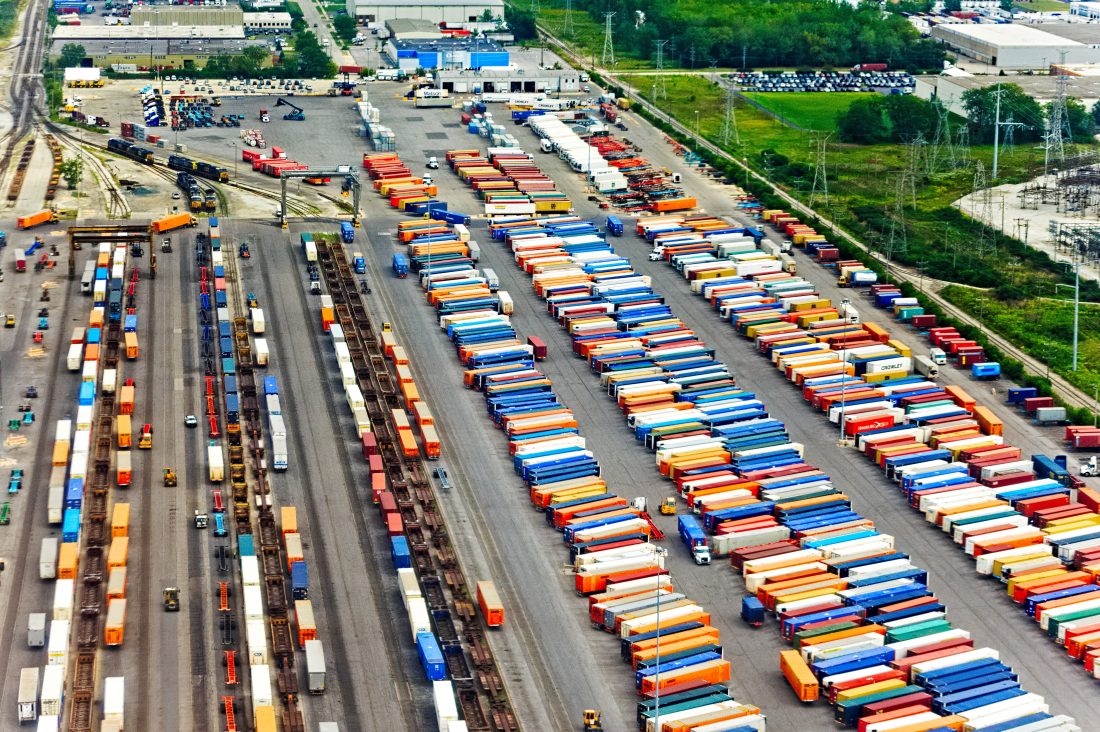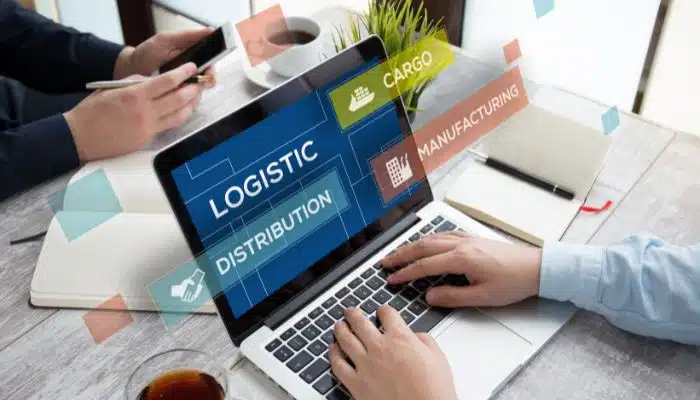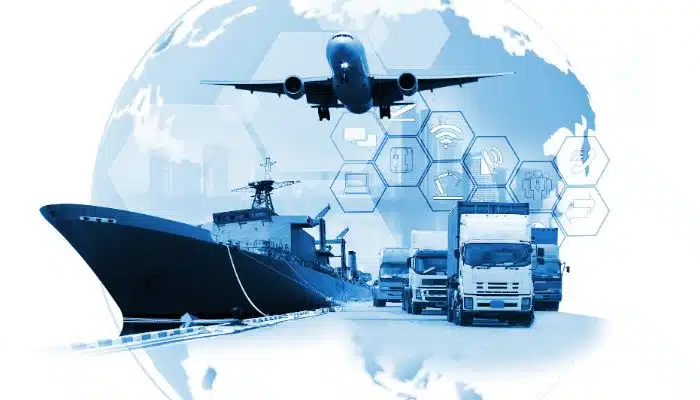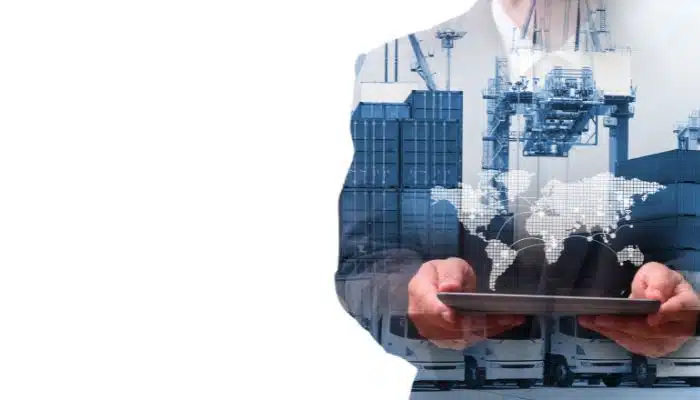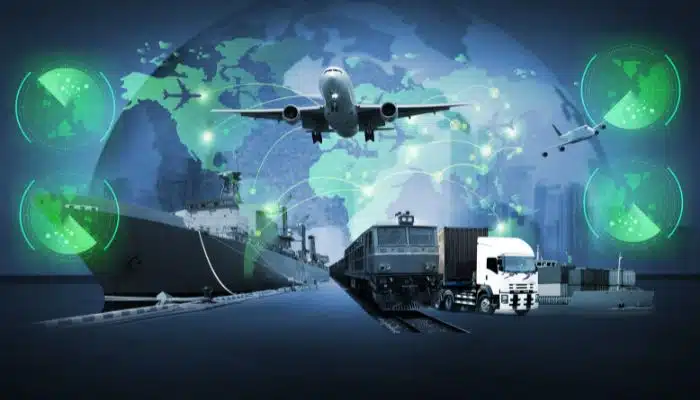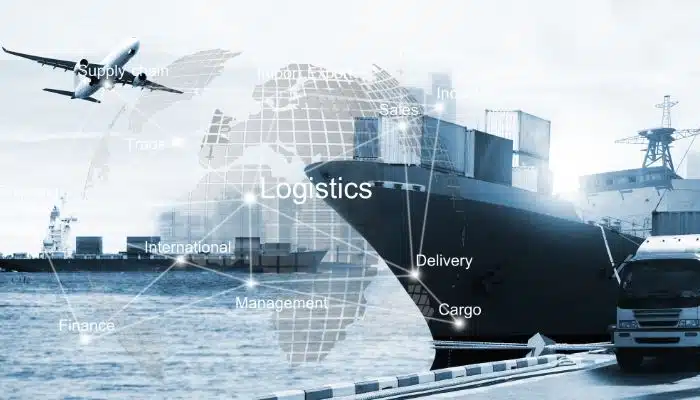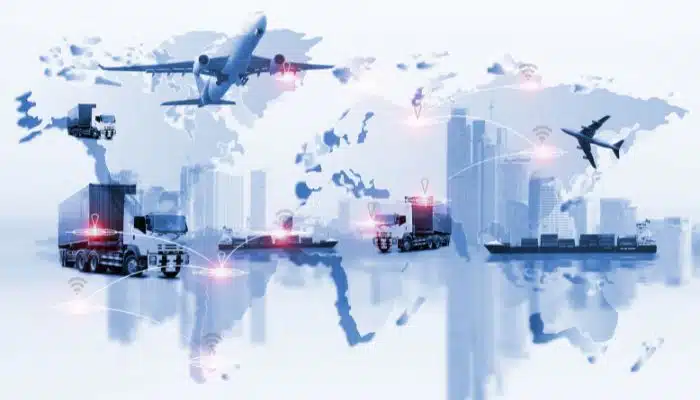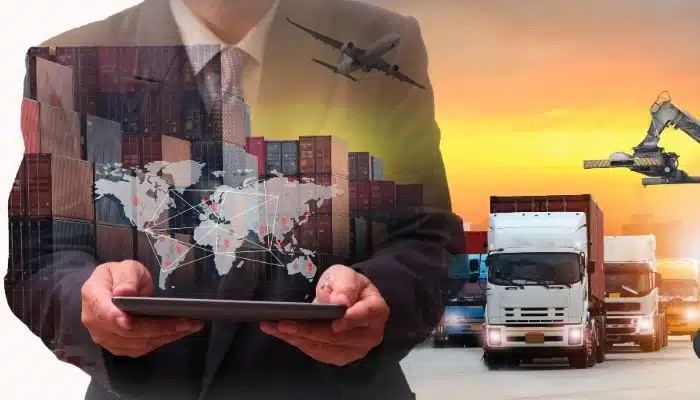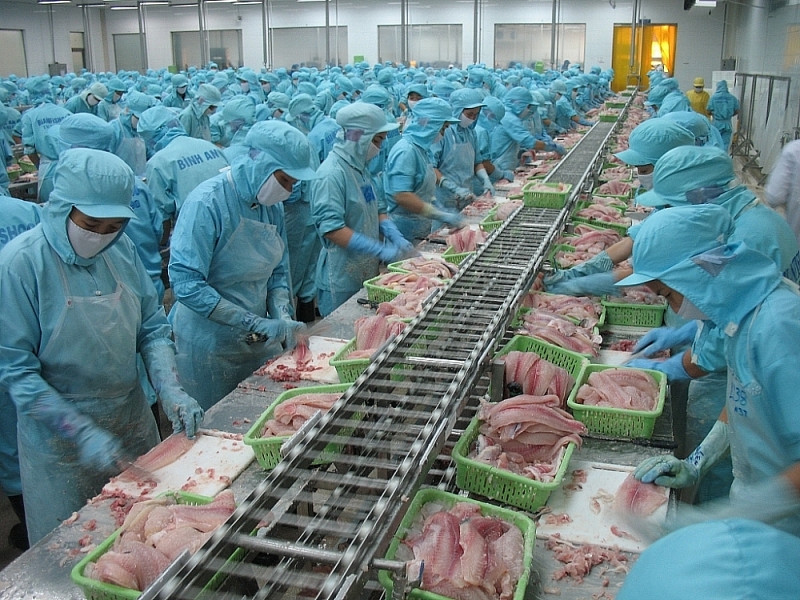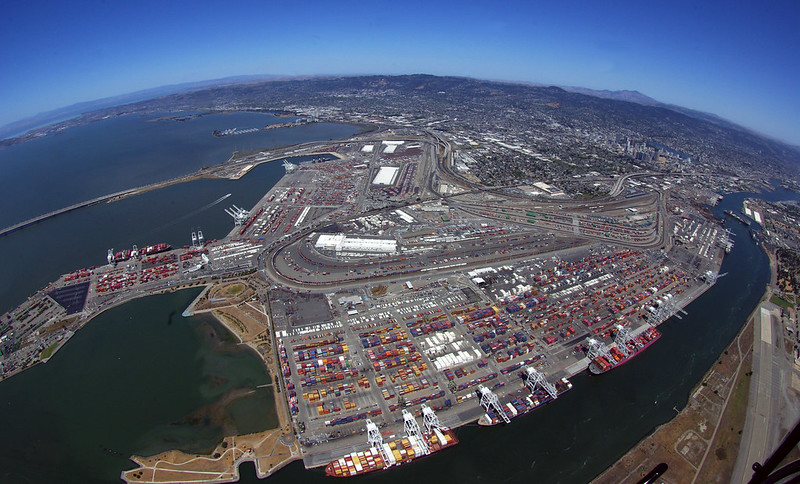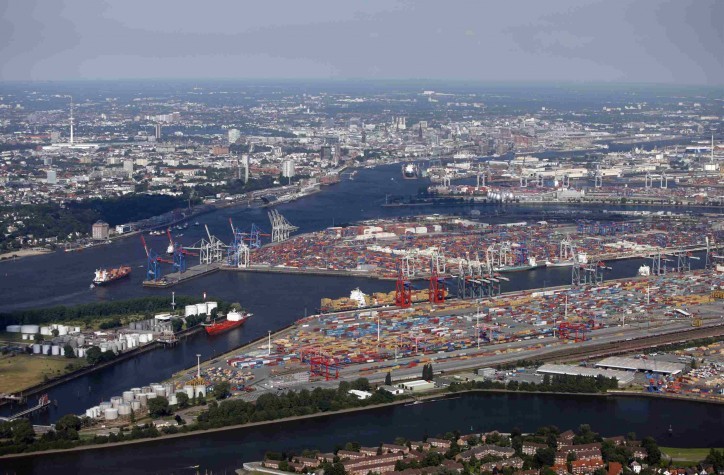
Japan’s container exports to the United States reached 54,409 TEUs in October, translating to a 7.9% increase over the same month in 2022. On the other hand, they fell 10% from the previous month’s figures.
Direct exports accounted for 36,181 TEUs, representing a 25% year-over-year increase, while transshipment exports declined by 15% to 18,228 TEUs.
Containers transshipped in South Korea plunged 15.8% to 11,945 TEUs due to the launch of a new service from Yokohama to the US East Coast, while China was responsible for 2,539 TEUs, down 10.2%, and Taiwan, 2,007 TEUs, down 8.8%.
Meanwhile, Japan’s imports from the United States reached 49,433 TEUs in September, a 4.3% decrease from the same month in the previous year. They were made up of 40,153 TEUs of direct shipments, an increase of 0.4%, and 9,280 TEUs of containers carried via third countries, a decrease of 20.5%.
Transshipped in South Korea amounted to 5,061 TEUs, down 14.1%; in Taiwan, 2,380 TEUs, down 40.2%; and in Singapore, 771 TEUs, down 21.6%.
By port of destination, 15,442 TEUs were imported to Tokyo, up 8.7%; 11,271 TEUs to Yokohama, up 18.4%; 8,469 TEUs to Kobe, up 5.5%; 5,156 TEUs to Nagoya, up 20.4%; and 1,045 TEUs to Osaka, up 36.6%.
Source: Container News
